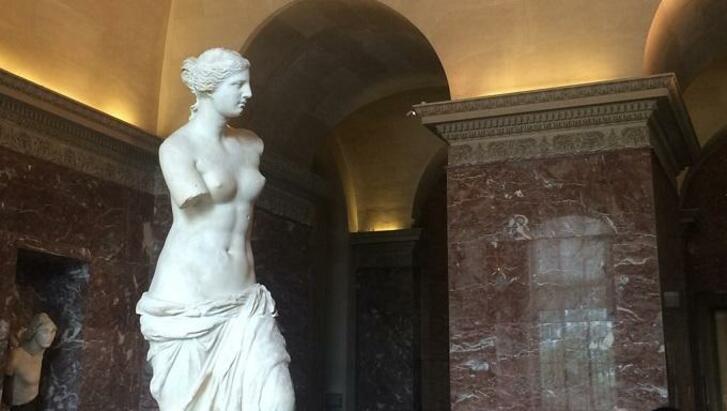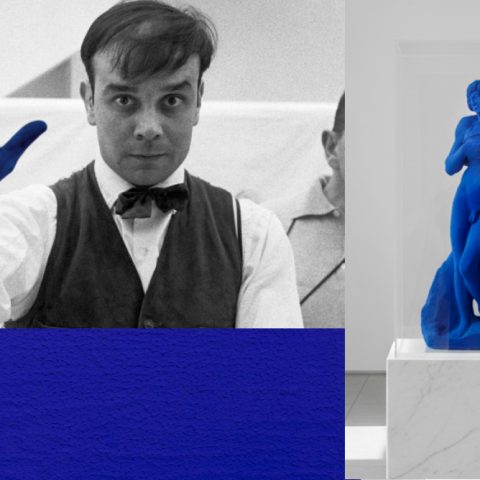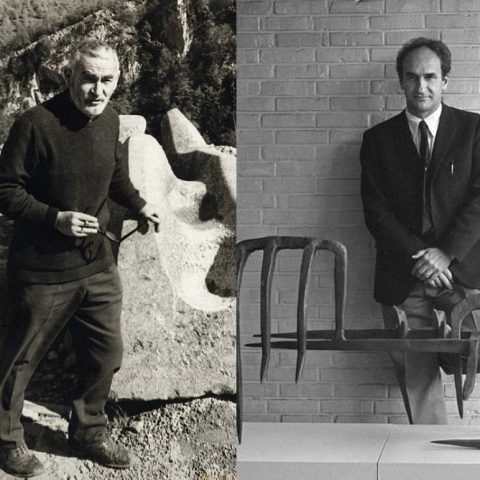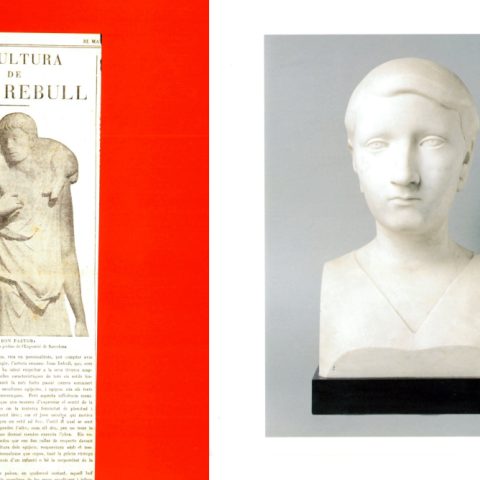It is not surprising that one of the main deities of ancient Roman mythology, the goddess of love and beauty, has been a source of inspiration for artists of all ages and has become one of the most recurring motifs in the history of art. Since classical antiquity, and following different typologies, Venus has served both to represent the ideal of feminine beauty existing in each period and to express certain ideas and symbols.
In our next archaeology auction on February 6 we have this magnificent torso of Venus(35053494). made in marble during the Roman Empire between the first and second century A.D. that exemplifies the model known as Venus pudica in which the goddess is represented in the moment before or after the bath, ritual of the Eleusiadas (rite to restore her virginity) covering her breasts and pubis, in an attitude of modesty, as if we had surprised her at that precise moment. The complete nudity of the torso that the goddess presents is due to the absence of her upper extremities behind which some parts of the body were hidden, as shown in other specimens in which these have been preserved. Despite not maintaining its original appearance, this beautiful torso transmits through its sinuous but subtle forms and its delicate marble finish, the aesthetic canon established in the art of classical antiquity, based on the concepts of harmony, proportion and symmetry. In his search for the ideal of beauty, the representation of the human body and its nudity will occupy a priority place in the imaginary of classical art, being that of the Venus púdica one of the most suitable subjects for it.
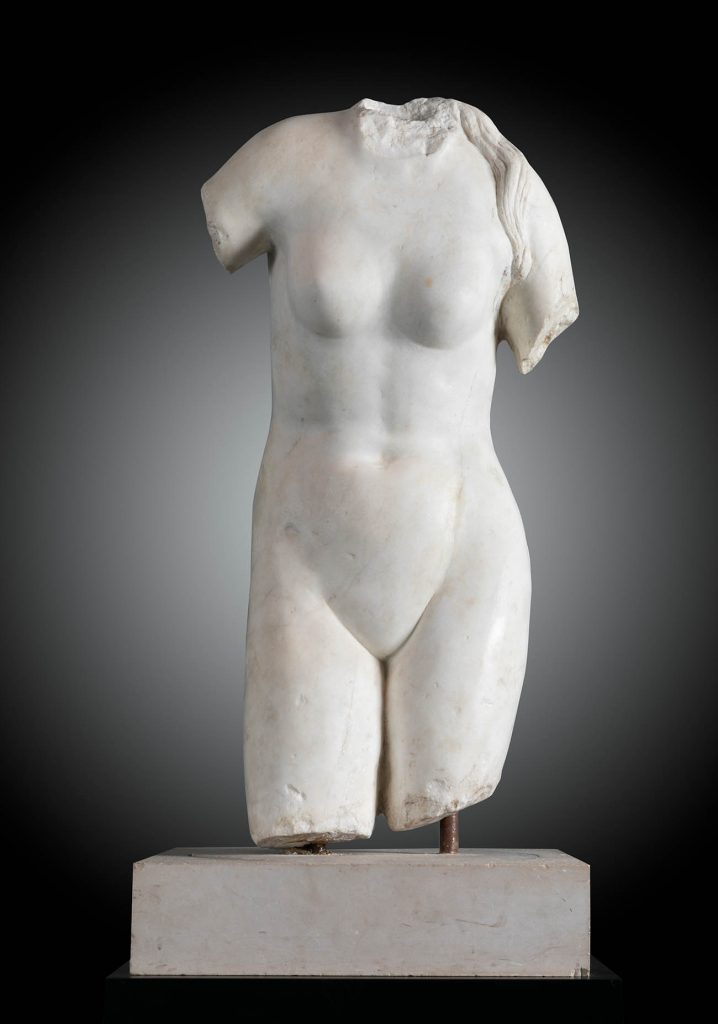
Do you know its origins?
The first artistic testimonies we have of the goddess date back to the 7th century B.C. and in them the Goddess Aphrodite, the Greek equivalent of Venus, appears dressed as the protector of marriage. However, it was not until the fourth century BC by the hand of Praxiteles, that the goddess appeared sculpted nude, initiating one of the most repeated and admired iconographies in the history of art. In fact, the representation of the female nude in Western art finds its origin in this type of creations, specifically in the one known as Aphrodite of Cnido. The sculpture was intended to be placed in a temple in the city. The statue was named Knidia or Cnidia because it was the inhabitants of this city who acquired the statue, after the citizens of Cos had rejected it and bought from Praxiteles a more decorative version of the dressed goddess.
The Praxitelian model represents a milestone in the history of art, not only for the unprecedented nudity of the Goddess, but also for the technical and formal resources incorporated in it. With the so-called Praxitelian curve and by means of an evolution of the posture of the contrappostoThis enveloping but subtle gesture is a break from the frontality that gives a great realism and sense of movement. This Venus, popularized especially during the Hellenistic period, would become the model to be followed by all later ones, as attested by the many Roman copies and variants that have reached our days and thanks to which we know what the goddess sculpted by Praxiteles must have looked like.
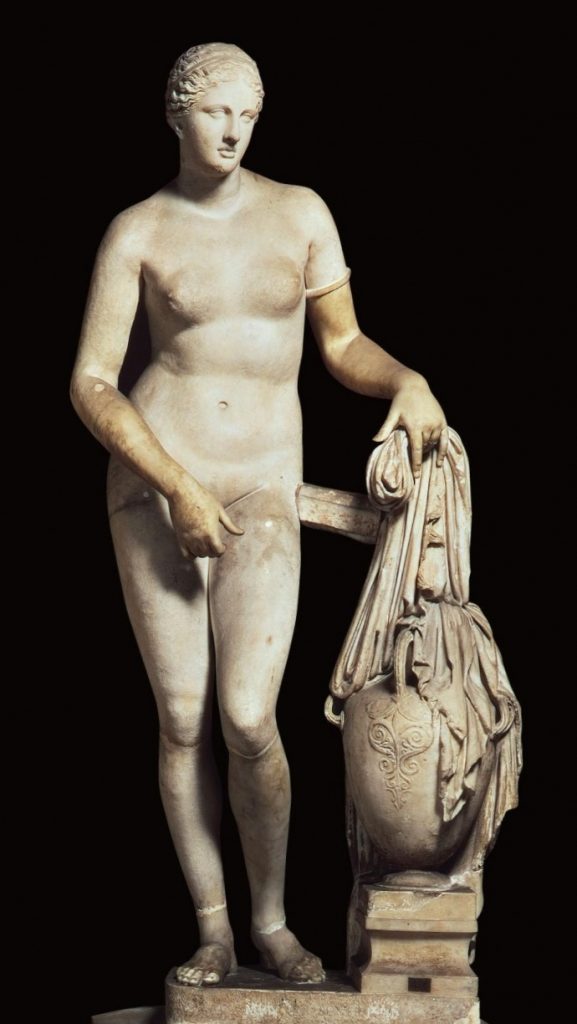
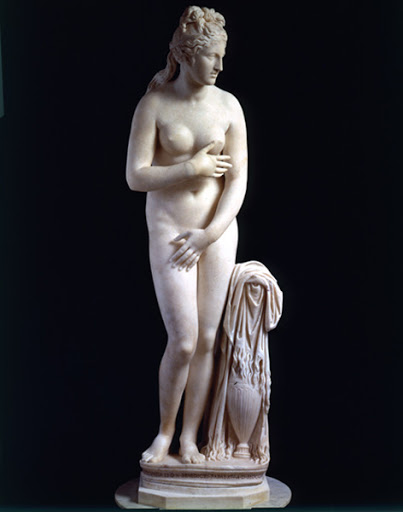
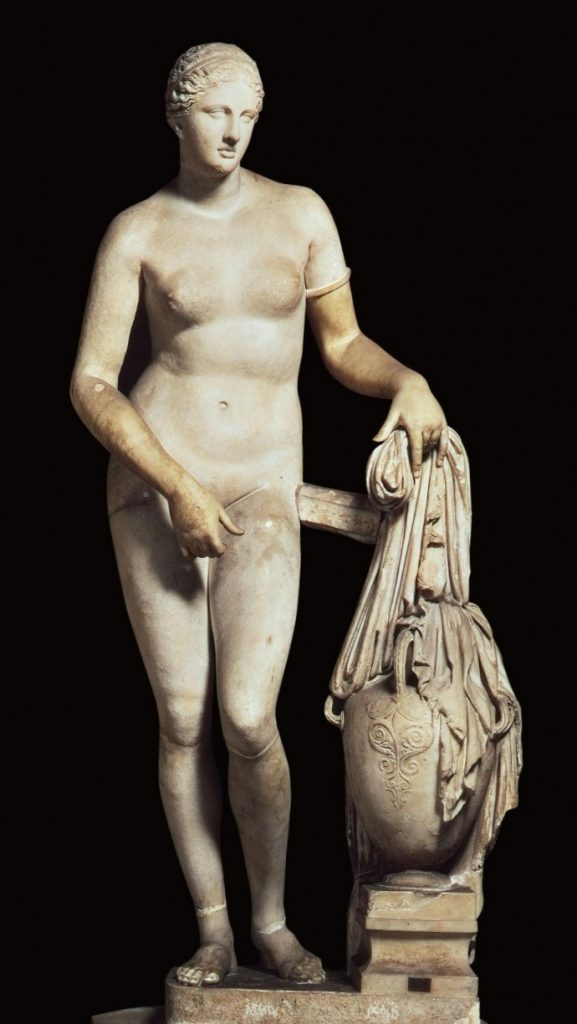
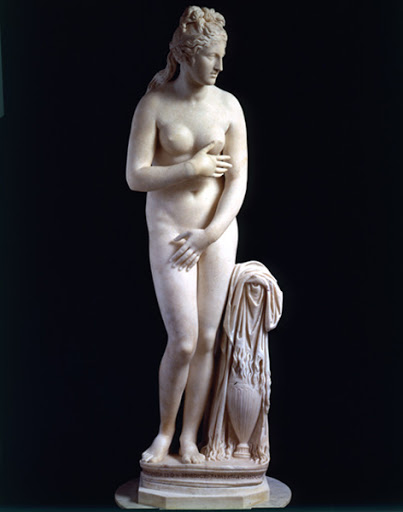
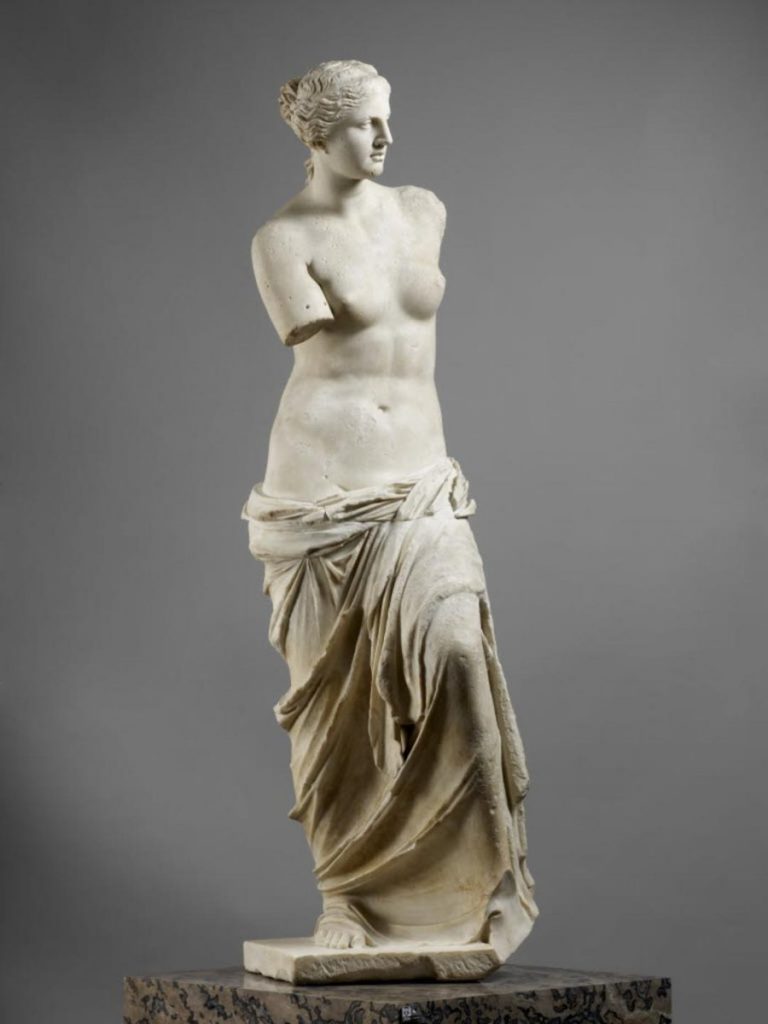
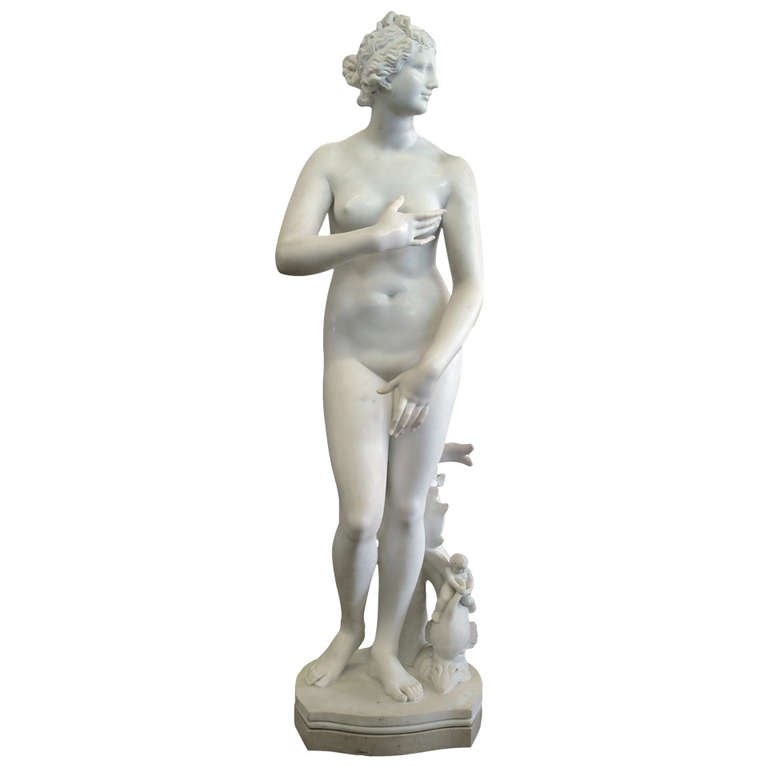
The representation of the Goddess Venus in its different typologies and interpretations found continuity in later times, lasting in time until today. Thus, during the Middle Ages and the arrival of Christianity, her image was used as a symbol of the sin of lust as opposed to the image of the Virgin Mary, symbol of purity. With the arrival of the Renaissance, the classical world revived an era of splendor that resulted in such famous works as “The Birth of Venus” by Botticelli, a clear example of the influence exerted by the model initiated by Praxiteles. In successive periods, new variants were introduced, such as the reclining Venus, famous for works by Titian and Velázquez. However, the models that are more faithful to the original will also survive, by artists such as Antonio Canova and his Venus Vitrix ( Paulina Borghese) whose style was largely inspired by the art of Classical Antiquity. . Even today, the figure of Venus continues to be a motif of representation for artists such as Jeff Koons and his particular interpretation of the classical world.

